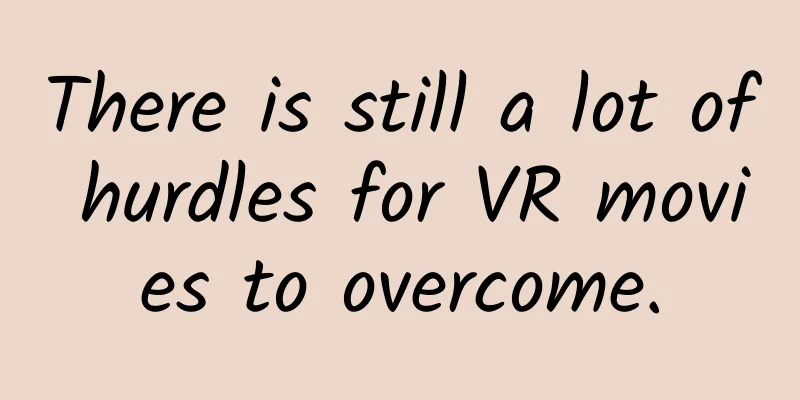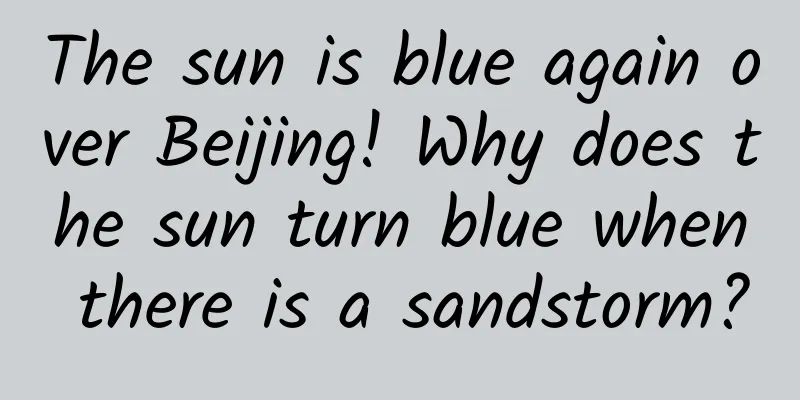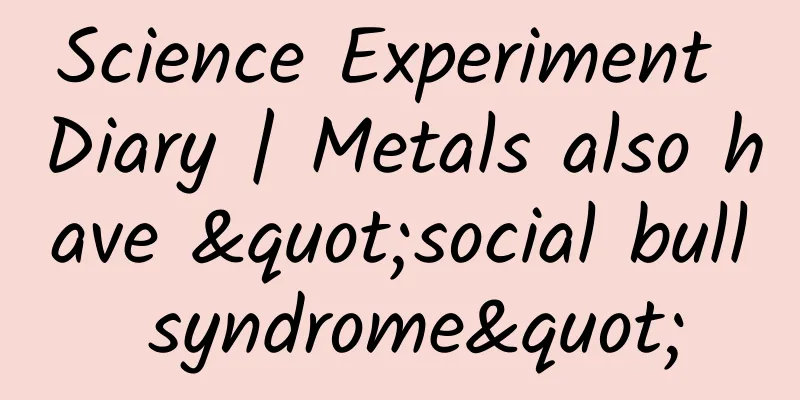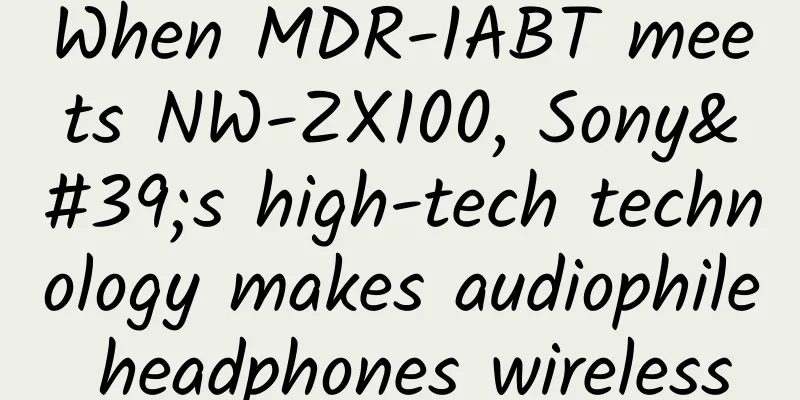There is still a lot of hurdles for VR movies to overcome.

|
For most people, virtual reality movies can be described by a line in a song lyrics: "I've heard of it, but I haven't seen it." Although in the past year, there have been constant reports of companies at home and abroad entering this field, and related works have been released one after another. However, from the perspective of the scale and system of the entire film industry, not only are there only a handful of virtual reality films, but the content is still at the experiential stage of short films or trailers, and the form is very immature. Coupled with the limitations of channels and equipment, the audience has very few opportunities to truly experience virtual reality movies in person. Even on the virtual reality platforms that have been launched, 3D content still occupies an absolute mainstream. The lack of virtual reality video resources is actually due to the immaturity of the content production system. Compared with other types of films, the processing of virtual reality movies involves more complicated issues. First of all, the script is a big test for VR filmmakers. Traditional movies have a unique perspective, which is often determined when the screenwriter is writing, and the audience has no room for independent choice. But the field of view of VR is covered 360° in all directions. The audience can switch their field of view by turning their heads, just like in real life, and even change the depth of the picture by moving their position. This means that at the same time, several scenes that occur simultaneously but are completely different may appear in the audience's field of view. In theory, these should be within the screenwriter's consideration. However, some people believe that virtual reality movies may not need scripts because of their strong interactivity. No script means no plot, which sounds even crazier than multiple scenes. If this is true, the movie is no longer a story, but a set of pre-set environments. As for what will happen in the end, it is up to the audience to create it themselves. The two different opinions just prove that virtual reality movies face considerable challenges at the beginning of planning. Rose Troche, the director of the virtual reality movie "Perspective; Chapter 1: The Gathering", once said, "We traditional directors are not familiar with how to make VR movies." Next, the difficulties faced by virtual reality movies during filming are equally thorny. The lack of suitable filming equipment is the biggest obstacle that may plague this process. Traditional single-lens cameras cannot meet the 360° shooting requirements of virtual reality movies, and there is no truly mature virtual reality photography equipment yet. Google announced the Jump virtual reality platform at last year's I/O conference, and after launching a camera in cooperation with GoPro, the product has remained in the recruitment and trial stage; Nokia OZO, a virtual camera that claims to have no delay at all, is still in the preparation stage before shipment; Jaunt VR has clearly stated that its film-level virtual reality camera "NEO" will be mainly for self-use. In addition, spherical video shooting has higher requirements for set layout than traditional movies. Since 360° is within the camera capture range, in order to prevent the appearance of goof shots, even the director needs to consciously conceal it. For example, traditional large-scale lighting equipment and other set tools have lost their place, and problems such as set lighting layout, which were not a problem before, have immediately returned to the starting point. After shooting is completed, virtual reality movies also require unique post-production work such as material splicing, which puts forward new requirements for the software. Of course, practitioners have begun to try new solutions to these problems encountered in the film production process. With the upgrade of equipment and the update of processes, I believe that there will be more virtual reality movies worth looking forward to in the new year. As a winner of Toutiao's Qingyun Plan and Baijiahao's Bai+ Plan, the 2019 Baidu Digital Author of the Year, the Baijiahao's Most Popular Author in the Technology Field, the 2019 Sogou Technology and Culture Author, and the 2021 Baijiahao Quarterly Influential Creator, he has won many awards, including the 2013 Sohu Best Industry Media Person, the 2015 China New Media Entrepreneurship Competition Beijing Third Place, the 2015 Guangmang Experience Award, the 2015 China New Media Entrepreneurship Competition Finals Third Place, and the 2018 Baidu Dynamic Annual Powerful Celebrity. |
<<: Lenovo Mobile's dilemma: high inventory and financial constraints
Recommend
How to do cross-border marketing? One article explains
Hello everyone, today’s topic is very big - cross...
If you keep getting acne, it may be caused by this! Dermatologists remind you...
Whether it is adolescent boys and girls or adults...
Shocking! Eating too much high-protein food can cause such serious harm! After reading this, do you still dare to eat like this?
Compiled by: Gong Zixin High-protein diet is a po...
Encyclopedia of Cat Family Medicine (Newly Revised Edition)
Introduction to the Encyclopedia of Cat Family Me...
Why are olefins important? You may not have heard of this term, but it fills your life
Produced by: Science Popularization China Author:...
When will the Shenzhen epidemic end in 2022? Why is it so serious? Attached is the latest standard for unblocking
Recently, there have been more than 300 confirmed...
Several J-10s took off with missiles!
Recently, a brigade of the Air Force Organize mul...
Android 12 new features: making URL sharing easier
Compared with the previous two Beta versions, the...
Customers, products, channels, and opportunities: a brief analysis of CPCT's refined operational strategy
With the popularization of mobile phones and the ...
Juhuasuan brand self-broadcasting method!
Brand self-broadcasting is becoming the "new...
Is it okay to drink coconut water that costs 9.9 yuan per liter? The truth is revealed...
As the weather gets hotter, has your blood been r...
【Photo Editing】Photo Editing Class
【Photo Editing】A brief introduction to the resour...
Why did the giant panda "Tuan Tuan" donated to Taiwan suffer from "epilepsy"? Can it be cured? Experts explain →
According to media reports The giant panda "...
Why are the lotus seeds I eat not sweet and delicious at all? I finally found the reason
July is the best time to enjoy lotus. Lotus has b...
Why do you have to leave the fresh meat aside for a few days instead of eating it?
Review expert: Wang Guoyi, Postdoctoral Fellow in...









